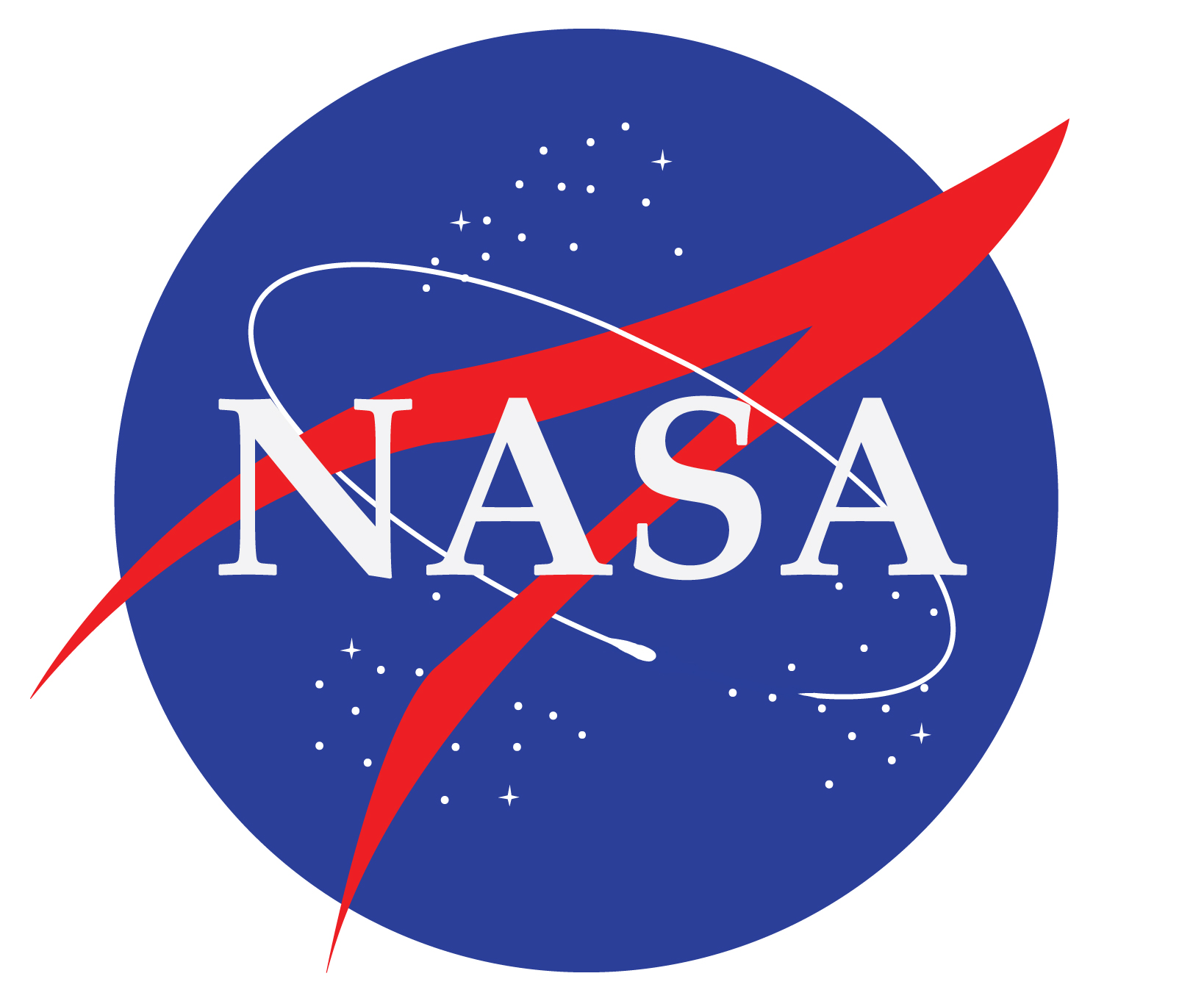Recently I blogged about six companies who were awarded grants by NASA for research on space habitats under the NASA NextSTEP program. Today I am going to write about the NASA Innovative Advanced Concepts (NAIC) program. The agency is “investing in 22 early-stage technology proposals that have the potential to transform future human and robotic exploration missions, introduce new exploration capabilities, and significantly improve current approaches to building and operating aerospace systems.” They will offer about one hundred and twenty five thousand dollar Phase I grants to twenty two companies for initial definition and analysis of their innovative concepts. The grants will run for about nine months and, if they show results, the companies can apply for Phase II grants. The selected 2017 Phase I proposals are:
A Synthetic Biology Architecture to Detoxify and Enrich Mars Soil for Agriculture, Adam Arkin, University of California, Berkeley
A Breakthrough Propulsion Architecture for Interstellar Precursor Missions, John Brophy, NASA’s Jet Propulsion Laboratory (JPL) in Pasadena, California
Evacuated Airship for Mars Missions, John-Paul Clarke, Georgia Institute of Technology in Atlanta
Mach Effects for In Space Propulsion: Interstellar Mission, Heidi Fearn, Space Studies Institute in Mojave, California
Pluto Hop, Skip, and Jump, Benjamin Goldman, Global Aerospace Corporation in Irwindale, California
Turbolift, Jason Gruber, Innovative Medical Solutions Group in Tampa, Florida
Phobos L1 Operational Tether Experiment, Kevin Kempton, NASA’s Langley Research Center in Hampton, Virginia
Gradient Field Imploding Liner Fusion Propulsion System, Michael LaPointe, NASA’s Marshall Space Flight Center in Huntsville, Alabama
Massively Expanded NEA Accessibility via Microwave-Sintered Aerobrakes, John Lewis, Deep Space Industries, Inc., in Moffett Field, California
Dismantling Rubble Pile Asteroids with Area-of-Effect Soft-bots, Jay McMahon, University of Colorado, Boulder
Continuous Electrode Inertial Electrostatic Confinement Fusion, Raymond Sedwick, University of Maryland, College Park
Sutter: Breakthrough Telescope Innovation for Asteroid Survey Missions to Start a Gold Rush in Space, Joel Sercel, TransAstra in Lake View Terrace, California
Direct Multipixel Imaging and Spectroscopy of an Exoplanet with a Solar Gravity Lens Mission, Slava Turyshev, JPL
Solar Surfing, Robert Youngquist, NASA’s Kennedy Space Center in Florida
A Direct Probe of Dark Energy Interactions with a Solar System Laboratory, Nan Yu, JPL
If Phase I is successful and a company is awarded a Phase II grant, they can receive as much as a five hundred thousand dollar grant for a two-year study. During Phase II, the awardees “refine their designs and explore aspects of implementing the new technology.” This year’s Phase II grants are:
Venus Interior Probe Using In-situ Power and Propulsion, Ratnakumar Bugga, JPL
Remote Laser Evaporative Molecular Absorption Spectroscopy Sensor System, Gary Hughes, California Polytechnic State University in San Luis Obispo
Brane Craft Phase II, Siegfried Janson, The Aerospace Corporation in El Segundo, California
Stellar Echo Imaging of Exoplanets, Chris Mann, Nanohmics, Inc., Austin, Texas
Automaton Rover for Extreme Environments, Jonathan Sauder, JPL
Optical Mining of Asteroids, Moons, and Planets to Enable Sustainable Human Exploration and Space Industrialization, Joel Sercel, TransAstra Corp.
Fusion-Enabled Pluto Orbiter and Lander, Stephanie Thomas, Princeton Satellite Systems, Inc., in Plainsboro, New Jersey
All of these Phase II projects are in early stages of development. It is estimated that these projects may require up to ten years to develop into mature technologies.
